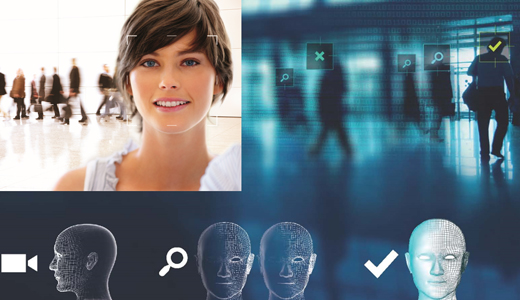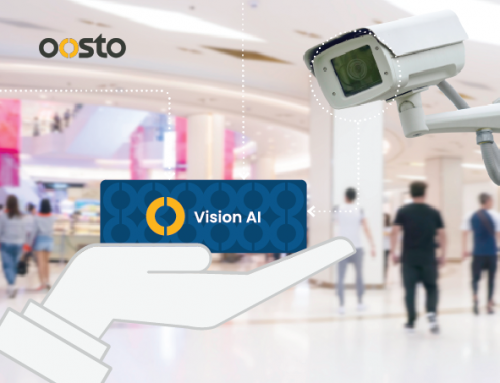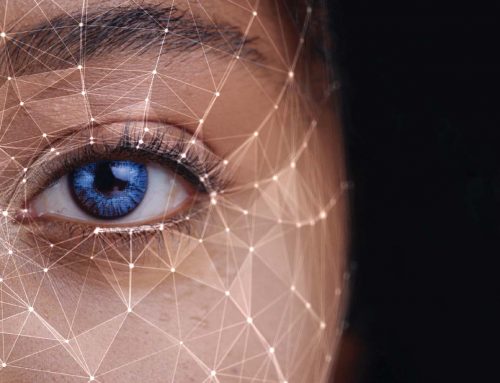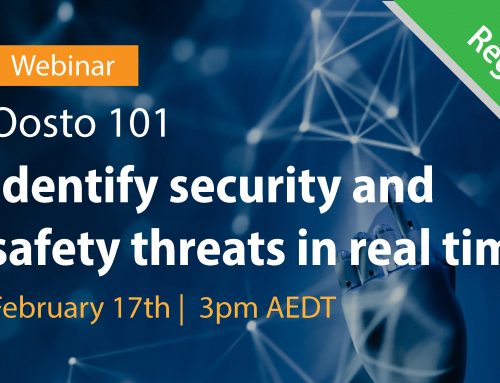
Facial Recognition, preventing crime before it happens
Security threats are a growing concern at international and national levels, as well as within commercial organisations. With the threats to international borders and public crowded places, governments are ordering reviews of their security arrangements at airports, seaports and public transportation hubs. Facial Recognition to be introduced to combat terror is being discussed.
“Potential terrorists and victims of terrorism will be identified in real time through facial recognition after the federal and state governments agreed to use new technology that will give security agencies instant access to data from photographs and drivers’ licences. (The Australian 2017-10-05)”
Law enforcement agencies are also charged with identifying wanted individuals in public places. Facial Recognition requires no physical or active interaction with the subject, making it one of the least intrusive yet highly accurate biometric modes. It enables faces to be recorded and archived at a distance, act as a crime deterrent, and help identify a person in real-time. It prevents crime before it happens.
Using existing CCTV cameras, the contact-free non-obtrusive approach makes for a more easily integrated and acceptable identification solution. Webcams can also be used to match images to records stored in a database. Biometric facial recognition has achieved a high profile, not only in security applications, it has also become increasingly important in registering and verifying individuals.

“Prime Minister Malcolm Turnbull has dismissed suggestions a new facial recognition database could lead to the mass surveillance of Australians, arguing it will update law enforcement tools for the 21st century and help keep people safe ( ABC NEWS 2017-10-04).”
Related Reading
- ‘It shouldn’t take seven days’: Malcolm Turnbull does deal with states on facial ID, dismisses mass surveillance concerns.
The Sydney Morning Herald 2017-10-04
- Facial recognition technology to be introduced to combat terror
The Australian 2017-10-05








